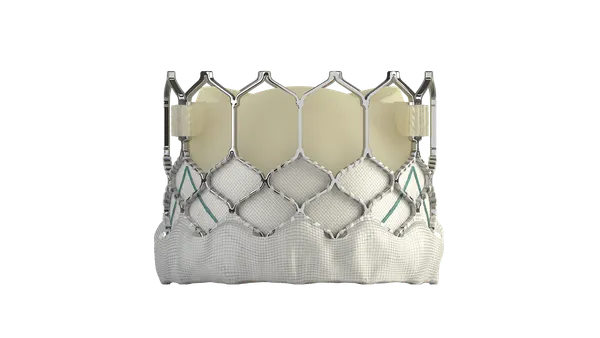Makers of reusable Class I medical devices and Class I software set to be upclassified under the European Union's incoming Medical Device Regulation got an early holiday gift with the Council of the European Union's second corrigendum.
Under amendments proposed to EU MDR, they will get extra time to comply with the new rules, welcome news given the scramble to secure a notified body to review devices and complete conformity assessments by the May 26, 2020, deadline.
Three different groups of medical devices in Class I will get an additional four years to come into compliance with the new regulation. Devices in full compliance with the current Medical Device Directive (MDD) that are either (1) reusable surgical instruments, (2) in sterile conditions, or (3) have a measuring function, may remain or be placed on the market until May 26, 2024.
The delay will give manufacturers of these devices extra time to prepare their technical documentation before undergoing notified body review.
The extra time is aimed at addressing the issue of the large volume of products considered low risk — such as scalpels and forceps — that, in the absence of an exemption, would have been required to undergo notified body review for the first time.
"The Corrigendum will remove some pressure for these manufacturers" to obtain a CE Certificate of Conformity from a notified body, Fabien Roy and Elisabethann Wright of Hogan Lovells told MedTech Dive.
Some higher risk products that already had required notified body review and certification under the older MDD were granted a "grace period" under the MDR legislation and those products didn't need to seek recertification under the new regulation until 2024. But the new rules didn't contain a similar grace period for lower risk products requiring notified body review for the first time.
"The Commission acknowledges that this inconsistency could affect a large volume of products and manufacturers and create significant pressure on the capacity of the Notified Bodies and the system as a whole," an EC official told MedTech Dive in an email. "To grant this category of devices the same grace period as the other, higher risk ones, the Commission will support the co-legislators in case they intend to issue a possible corrigendum to the legislation."
But even with the extra breathing room, the exempted devices still must meet the following conditions:
- The medical devices continue to comply with the relevant Directive.
- There must be no significant changes in the design and intended purpose of the medical devices.
- And the requirements of the MDR relating to post-market surveillance, market surveillance, vigilance, registration of economic operators and of devices apply in place of the corresponding requirements in the current Directives.
The changes proposed in the second corrigendum are not a done deal, though. The changes still must be formally adopted by the European Parliament.
And the official made clear even though the EC supports the delay for some Class I devices, it doesn't support delaying the implementation date of the entire regulation, even though there have been some calls to do just that.
"[T]he Commission is committed to sticking to the overall Medical Device Regulation transition deadline of May 26, 2020, and does not support opening up the current legislative proposal," the official said.











